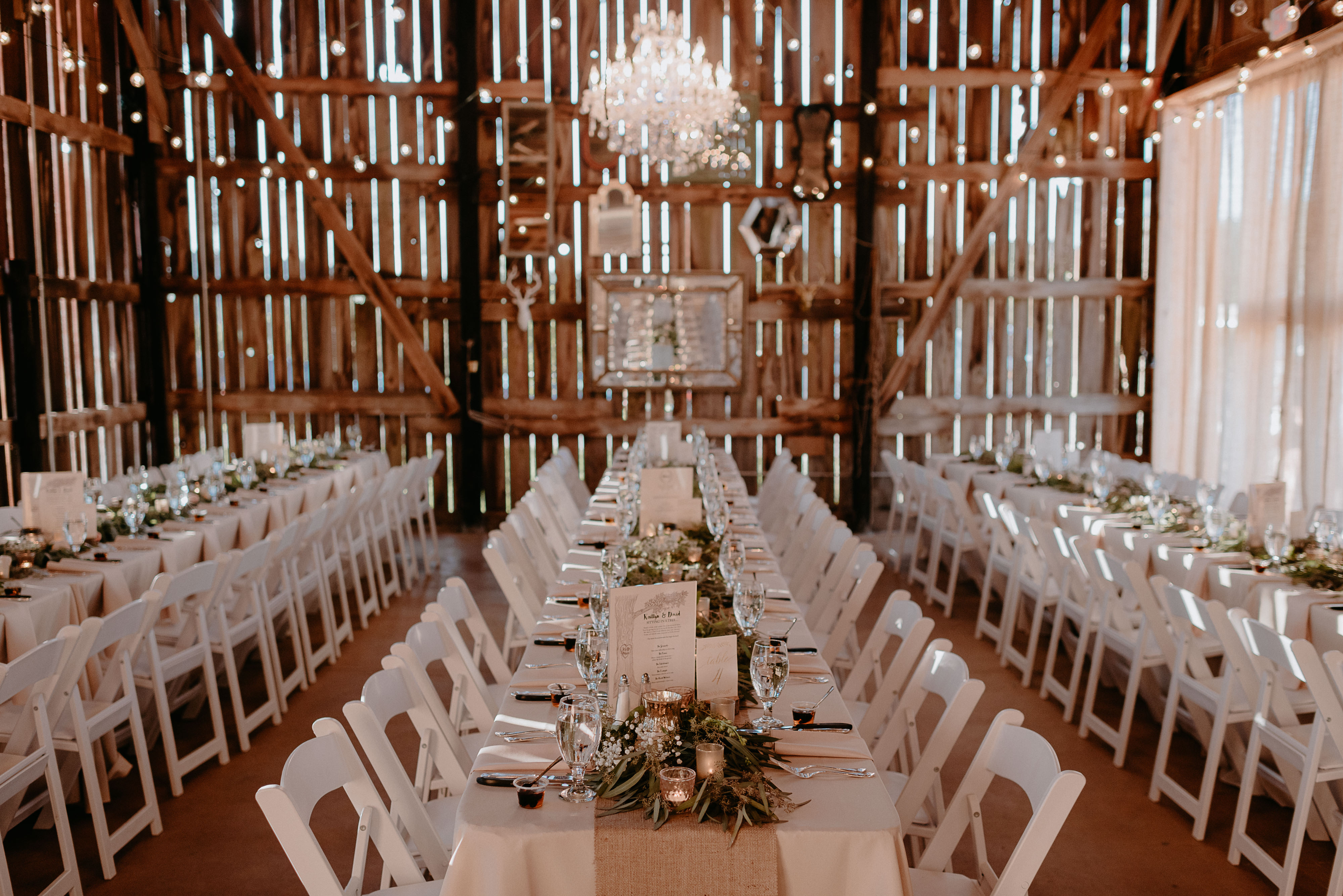SHARE
When planning the seating arrangements for your wedding reception, it’s important to keep in mind that while guests will spend some time at their assigned tables, they’ll also have plenty of opportunities to mingle and socialize throughout the event. Here’s an elaboration on this concept:
- Limited Table Time: In the grand scheme of a wedding celebration, the time guests spend seated at their tables is relatively brief, usually around ninety minutes or so. During this time, they’ll enjoy the meal, engage in conversation with their tablemates, and participate in any formalities like speeches or toasts.
- Focus on Enjoyment: While it’s ideal for guests to be seated with people they enjoy, it’s not necessary to meticulously craft perfect table groupings. Guests will have ample time before and after the seated portion of the event to interact with other attendees and enjoy the festivities.
- Flexibility for Longer Meals: If your wedding includes a longer, multi-course plated meal that extends the seated portion of the event to three hours or more, you may want to put more thought into creating cohesive table groups. This ensures that guests have enjoyable company throughout the extended meal service.
- Consider Plus Ones: For guests who may not know many other attendees at the wedding, such as former coworkers or friends from out of town, consider allowing them to bring a plus one, even if you’re not offering plus ones to all guests. This can provide them with a familiar face and enhance their overall experience at the wedding.
- Mixing and Mingling: Encourage guests to mingle and move around during the reception, rather than remaining exclusively at their assigned tables. Providing lounge areas, a dance floor, and other interactive elements can encourage guests to explore and socialize with others beyond their tablemates.
- Relax and Enjoy: Ultimately, the goal of the seating arrangements is to facilitate a comfortable and enjoyable experience for your guests. While thoughtful table assignments can enhance the atmosphere, the overall success of the event will be determined by the collective enjoyment of the celebration.

Photo credit – Golden Hour Studios
ASSIGNING SEATS VS. ASSIGNING TABLES
Assigning guests to tables, but not to specific seats, is a common and practical approach for most weddings. However, there are exceptions, particularly for events with multi-course plated meals featuring multiple selections for each course. Here’s an elaboration on this topic:
- Assigned Tables vs. Assigned Seats: Assigning guests to tables provides structure and organization without restricting them to specific seats. This allows guests to choose their seating arrangement within the assigned table, providing flexibility and a more casual atmosphere. It’s suitable for most wedding receptions, especially those serving buffet-style meals or plated meals with limited options.
- Escort Cards and Place Cards: If you choose to assign seats at the tables, you’ll need both escort cards and place cards. Escort cards are typically displayed near the entrance of the reception venue and indicate the guest’s assigned table number. Place cards are then placed on the tables, indicating each guest’s specific seat at the table.
- Simplified Options: To streamline the seating process, you can opt to use either escort cards or a seating chart instead of both. A seating chart is essentially a large poster or display that lists guests’ names along with their corresponding table numbers. This eliminates the need for individual escort cards and makes it easier for guests to find their assigned tables upon entering the reception venue.
- Benefits of a Seating Chart: Using a seating chart offers several advantages over escort cards. It reduces the risk of cards getting lost or misplaced, as guests can quickly reference the chart upon arrival. Additionally, a seating chart can serve as a decorative element, adding visual interest to the reception space.
- Exceptions for Plated Meals: In situations where the meal service is more formal, such as multi-course plated dinners with various menu selections, assigning specific seats may be necessary to ensure an efficient and organized dining experience. This allows catering staff to deliver meals accurately to each guest based on their pre-selected menu choices.
- Guest Experience: Regardless of whether you choose assigned tables or assigned seats, the goal is to create a comfortable and enjoyable experience for your guests. Communicate your seating arrangements clearly and consider guests’ preferences and comfort when planning the seating layout.
Ultimately, the decision to assign tables, seats, or both depends on the overall style and formality of your wedding, as well as logistical considerations such as meal service and guest preferences.

Photo credit – Golden Hour Studios